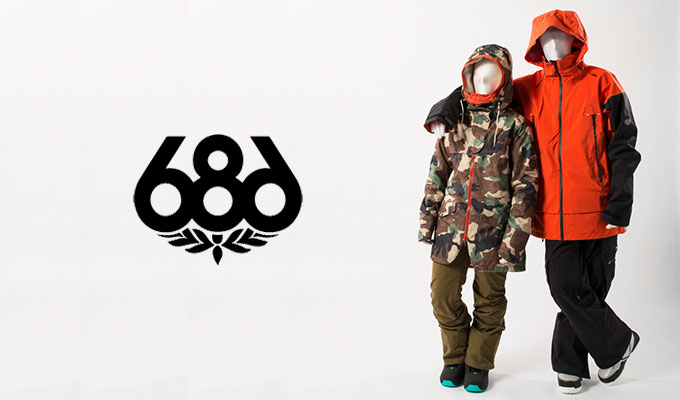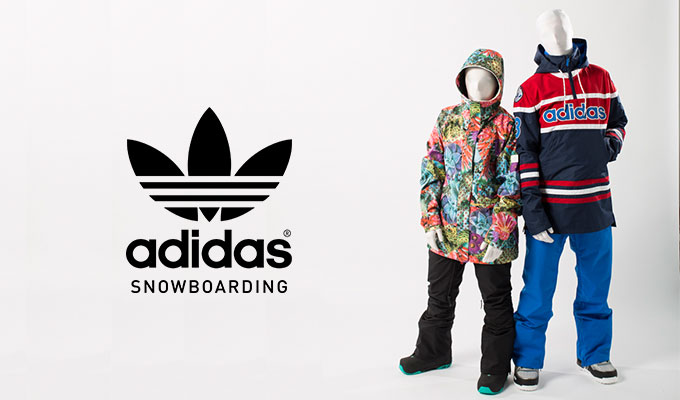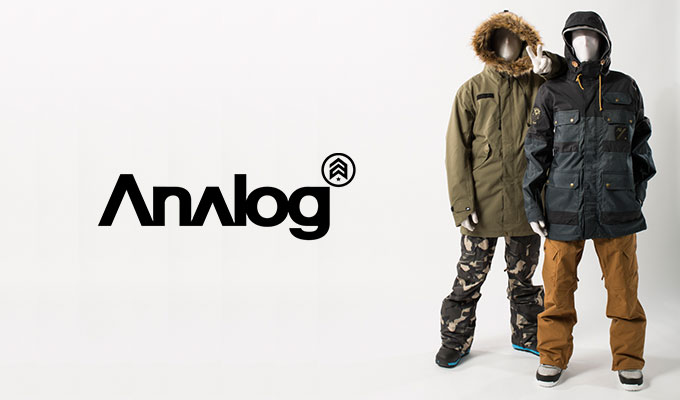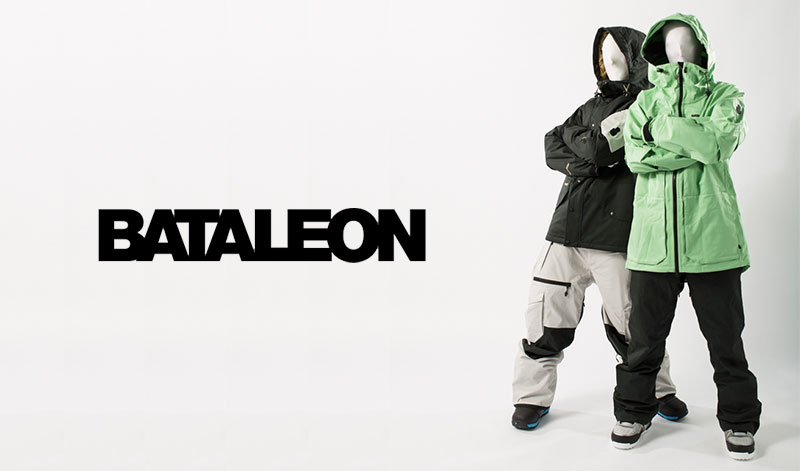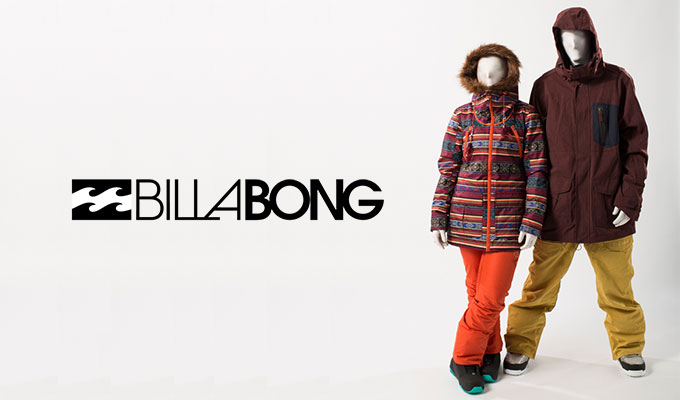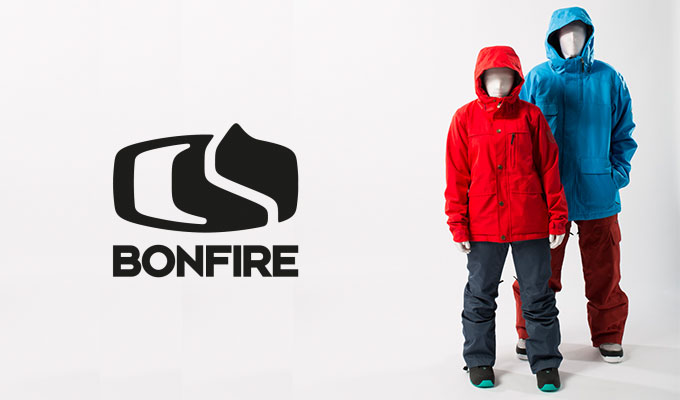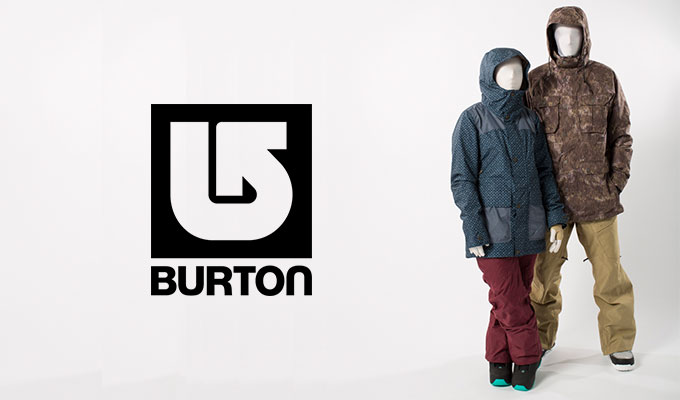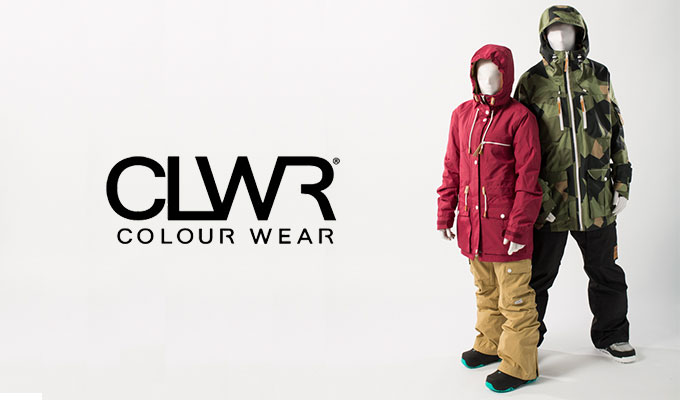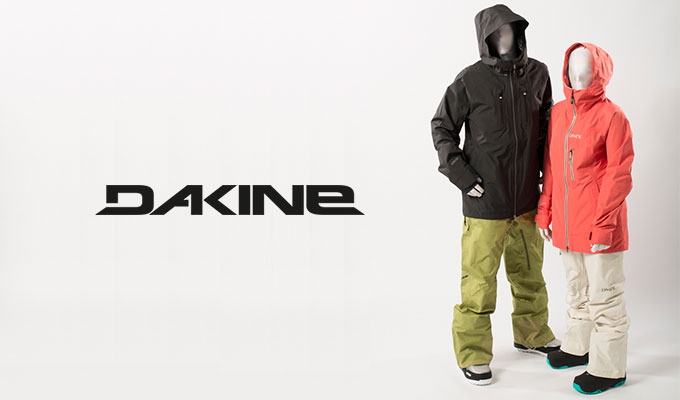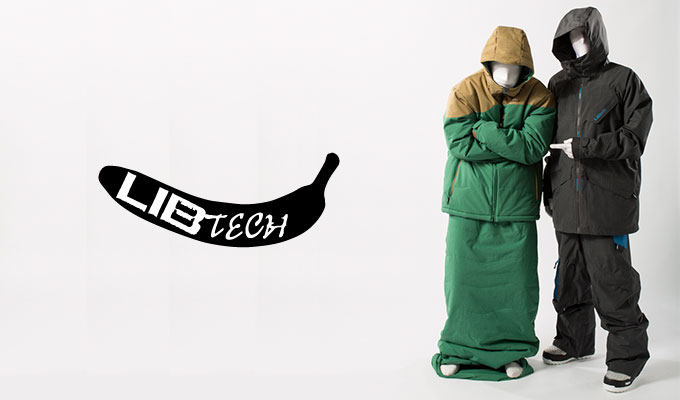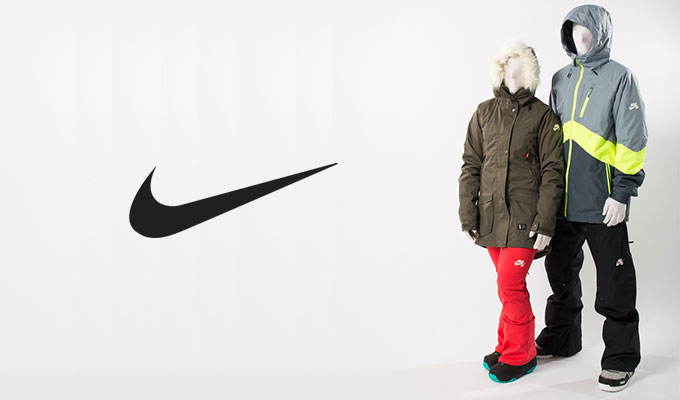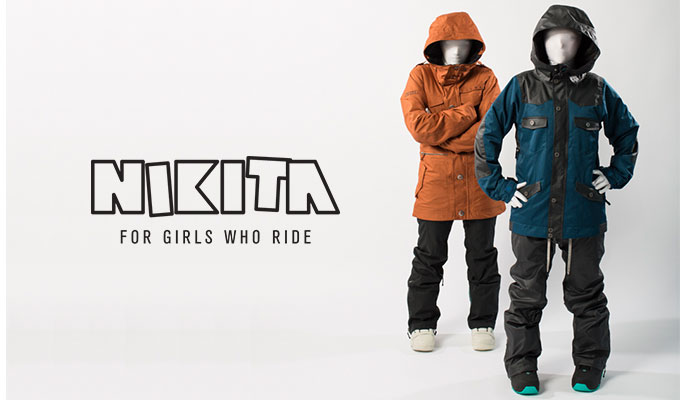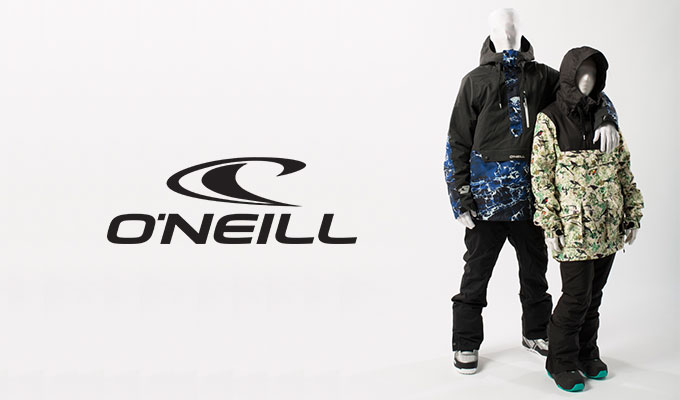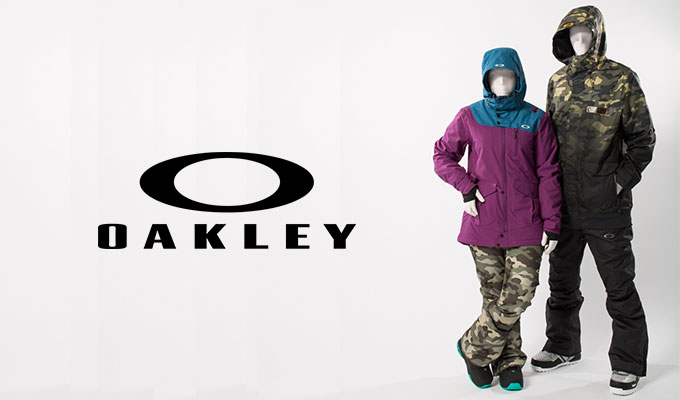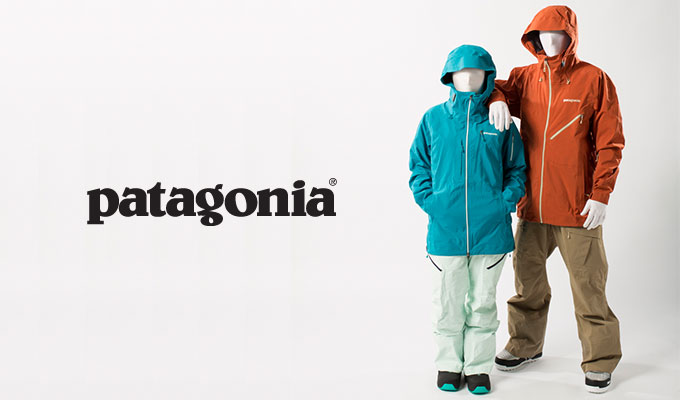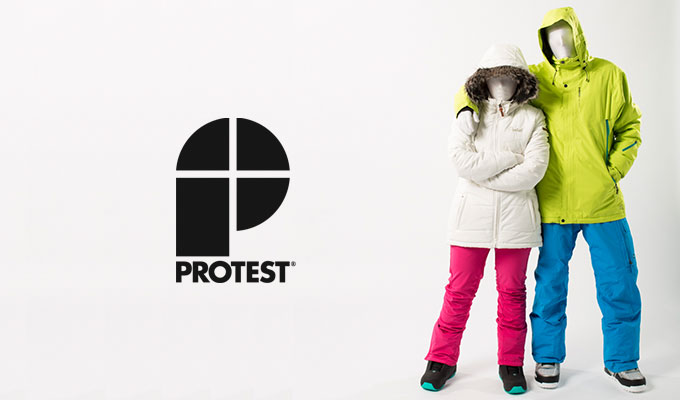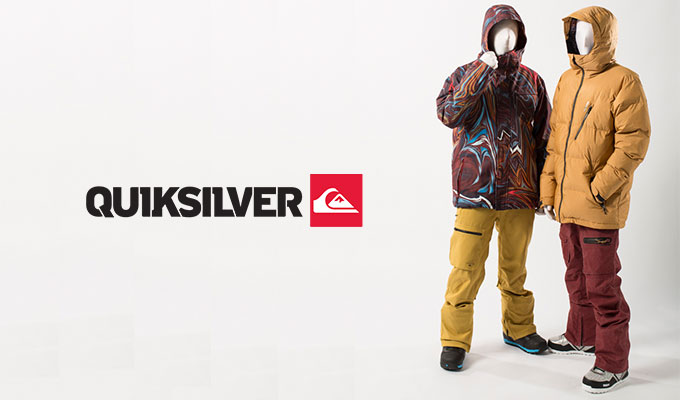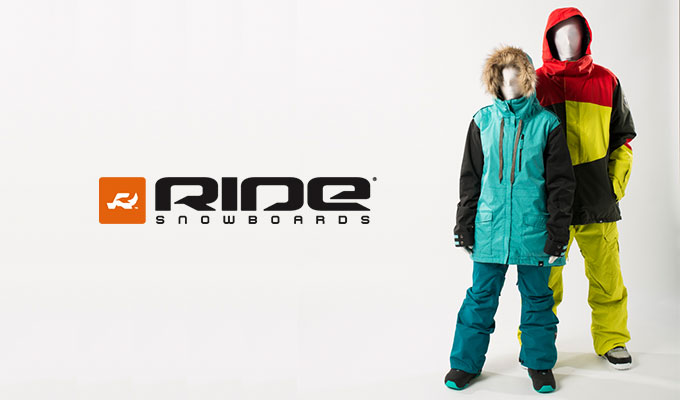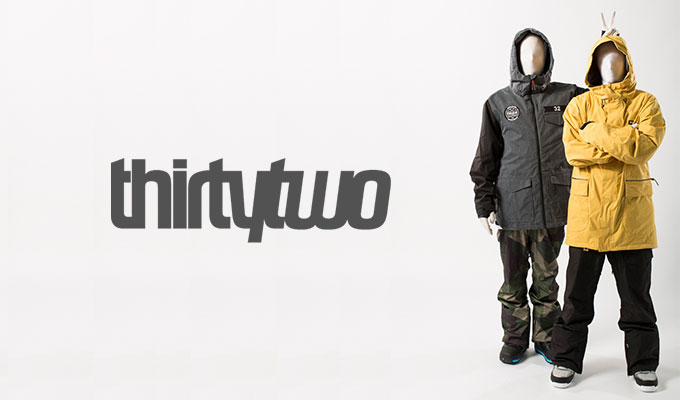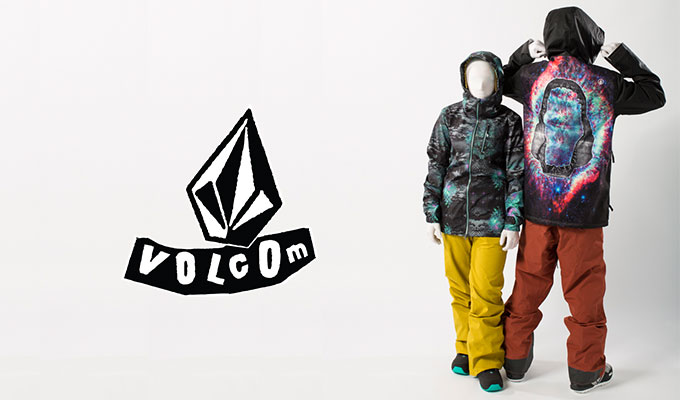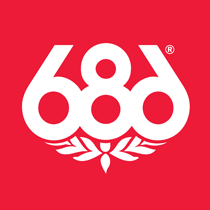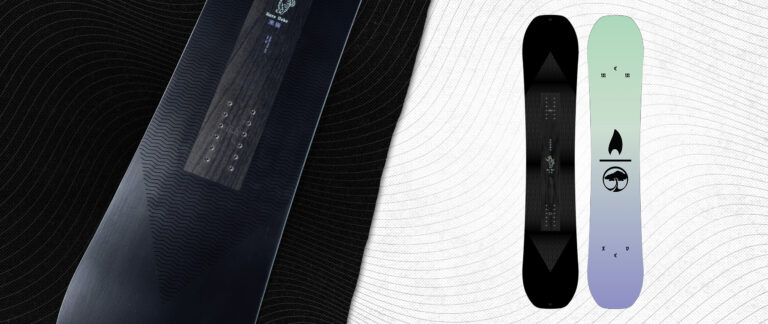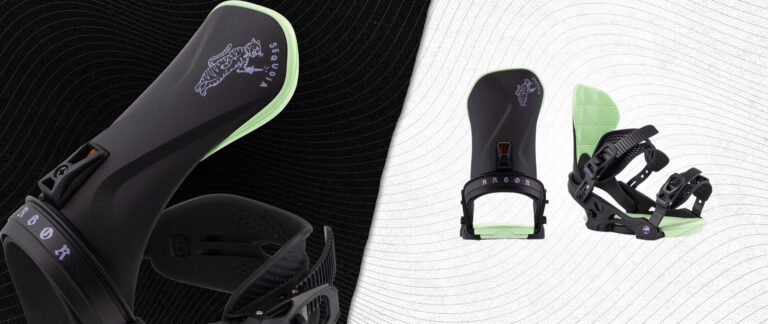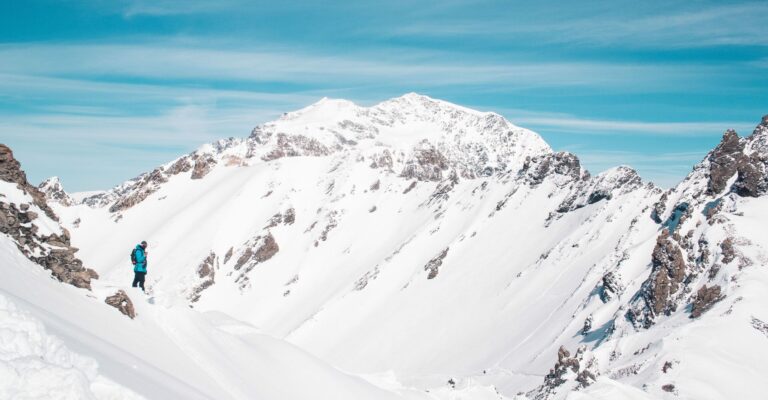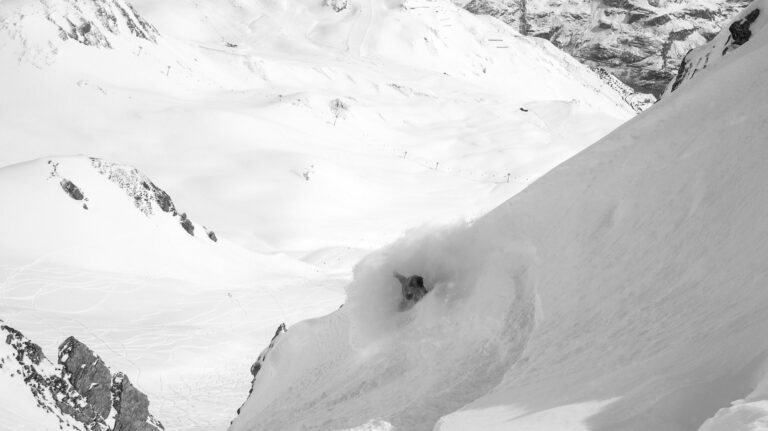Outerwear Buying Advice
Outerwear Buying Advice
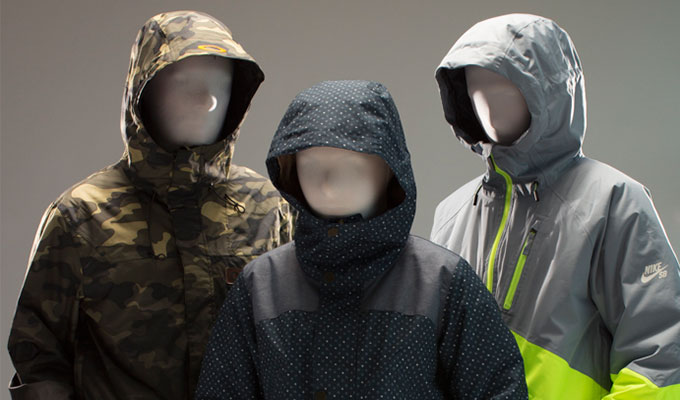
The trends have come and gone (as Illicit helpfully explains here), but these days there are so many options that it’s never been easier to find the right gear. Always remember, though, that even the most badass-looking jacket/pant combo is only as good as its performance on the hill. That’s not to say that there’s a minimum quality that your togs must meet; as with the rest of your gear, the trick is to strike the right balance based on what you’re likely to be doing. Low-spec kit could send you the way of Captain Scott if the conditions get harsh, but an expensive down jacket won’t be much good when hiking a park rail in the spring. Figure out what’s worth pulling off the rack by considering the following points:
Fit: Most brands still offer plenty of options in this department, from 90s-style baggy to jib-kid skinny and everything in-between. You may have to consult the brands’ catalogues or websites to see exactly what they mean by ‘relaxed’, ‘street’ or ‘classic’ fit, but this won’t be too hard to get your head round with a little research.
Waterproofing: The short answer to this one is ‘the higher the number, the better it’ll keep the water out’. However, there’s a bit more to it than that. What the number represents is the height in millilitres of the column of water that can be stacked on the fabric before seeping through to the other side is observed. If there’s a name where the number should be, that refers to a patented material that doesn’t follow the standard scale. The most common of these is Gore-Tex, found on high-performance gear.
Breathability: Again, a big number equals better performance. This time the rating tells you how much moisture is able to escape from through the fabric, and represents the grams of liquid that pass through per square centimetre in a 24-hour period. Simply put, if the sweat you work up can’t go anywhere, it clings to you. This is never fun, especially in colder weather where you really need your skin to stay dry, so good breathability is just as important as good waterproofing.
Insulation: Normally it’s pretty bleedin’ cold when you’re snowboarding, and being suitably wrapped up should be at the top of your priority list. Most jackets have built-in insulation that ranges from light padding to thick down. Others are often just a thin shell that, while keeping you dry, won’t necessarily keep you warm. These are preferable in springtime, though, and you can always wear layers underneath it to give you full control of your temperature.
Taping: As garments are constructed out of different pieces of fabric sewn together, something’s got to be done to ensure that no water seeps through where they join. ‘Critical’ taping applies extra waterproof material to the seams most prone to wear, tear and contact with the snow, whilst full taping puts it everywhere. Naturally, items featuring the latter tend to cost more.
Vents: Usually found under the armpit or on the inside thigh, these are areas of mesh fabric that can be zipped open to increase air flow when required. They’re not necessary, but certainly make it easier to regulate your temperature in varying conditions.
Other features: Common ones that crop up are powder skirts (an elasticated waistband that prevents snow getting in under the jacket), boot gaiters (the same tech applied to the bottom of pant legs), stash pockets, headphone loops and detachable hoods. The brands dream up new things every year, so keep an eye out for what’s on offer in 2014/15.
Scroll through the outfits using your left and right keyboard cursor keys, or click on each name to jump straight to the review of that particular brand.
686
adidas
Analog
Bataleon
Billabong
Bonfire
Burton
Colour Wear
DaKine
Lib Tech
Nike
Nikita
O’Neill
Oakley
Patagonia
Protest
Quiksilver
Ride
Thirty Two
Volcom

